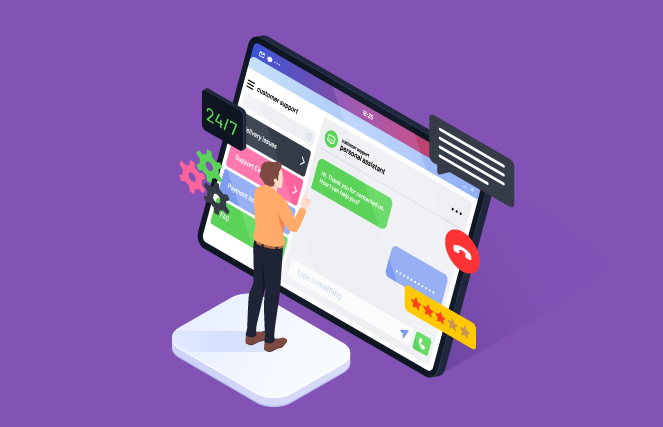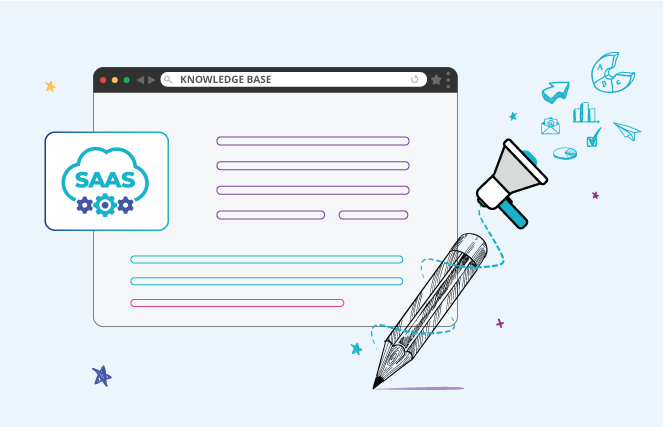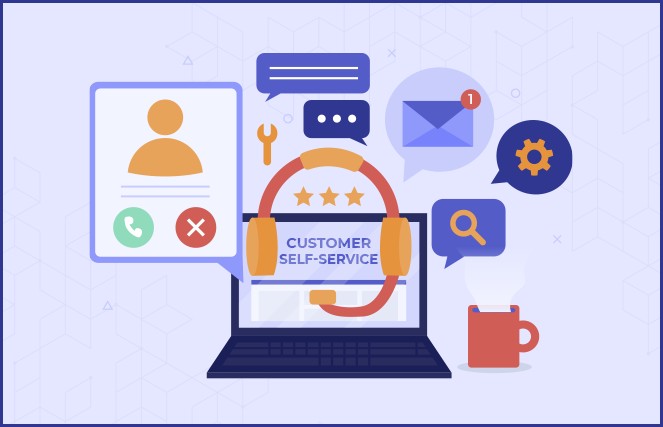Do you know what is the core aspect of a successful brand?
It’s your customers. Not just any customers, but happy customers!
We live in the era of quick tech and are used to finding information at lightning speed. So much so that it is affecting consumer behavior and expectations. Nowadays, a whole lot of customers expect solutions and information within the timespan of a snap. They are more likely to buy from or choose companies that provide hassle-free customer support.
If the support teams are swamped, response time could run unbearably long. Customer calls could go on for hours, waiting time would increase, emails may go unnoticed, and so on. In short, mismanaged workflows may wreak havoc on your customer support. This can eventually lead to a decline in your customer loyalty and even customer loss.
A survey by American Express revealed that 78% of customers abandon a purchase because of a bad customer experience.
Hence, poor customer support could spell a business disaster. Studies show that 81% of customers attempt to solve their problems independently with the help of online resources. If they still fail at solving, they reach out to customer support. This is exactly where self-service options come into the picture.
Customer self-service features help you provide detailed information to your customers quickly. Self-service is the easiest way to convey information about your products and services. This way, you can consolidate all the information in a single place. Self-service features are more likely to report a higher satisfaction rate. This boosts your brand reputation.
But here’s the challenge:
Implementing a well-articulated knowledge base is not as easy as it seems.
“Why?” you would ask.
Customers have become very demanding, and without a strategy in place, companies may feel overwhelmed. So, what exactly do you do to make your customers happy? How do you bring together various self-service features precisely as customers want? And how will you improve your response time through this feature? Worry not! We’re here to help! Tag along to find out how to retain and get the best with fewer efforts through customer self-service features.
Customer Self-Service: A Quick Rundown
Self-service enables faster support without requiring any interaction with the support agent. Self-service is more of a necessity than a “nice-to-have” feature. The most common types of customer self-service include frequently asked questions, knowledge bases, chats, and online forums. Customer self-service portals are essential for a positive customer experience.

70% of the customers expect a company’s website to include a self-service feature. 67% of respondents prefer self-service rather than talking to company representatives. Nobody wants to wait on phones to get their queries resolved! The journey of serving an exceptional self-service experience to your customers is building an exceptional knowledge base.
Step Zero: Bring Together an Extensive Knowledge Base
Knowledge base articles can help clients seek answers by themselves. A knowledge base reduces the support agents’ work. When the customer lands on your website, they might want solutions at lightning speed. Providing a self-service knowledge base reduces the burden on the support department and boosts customer satisfaction.
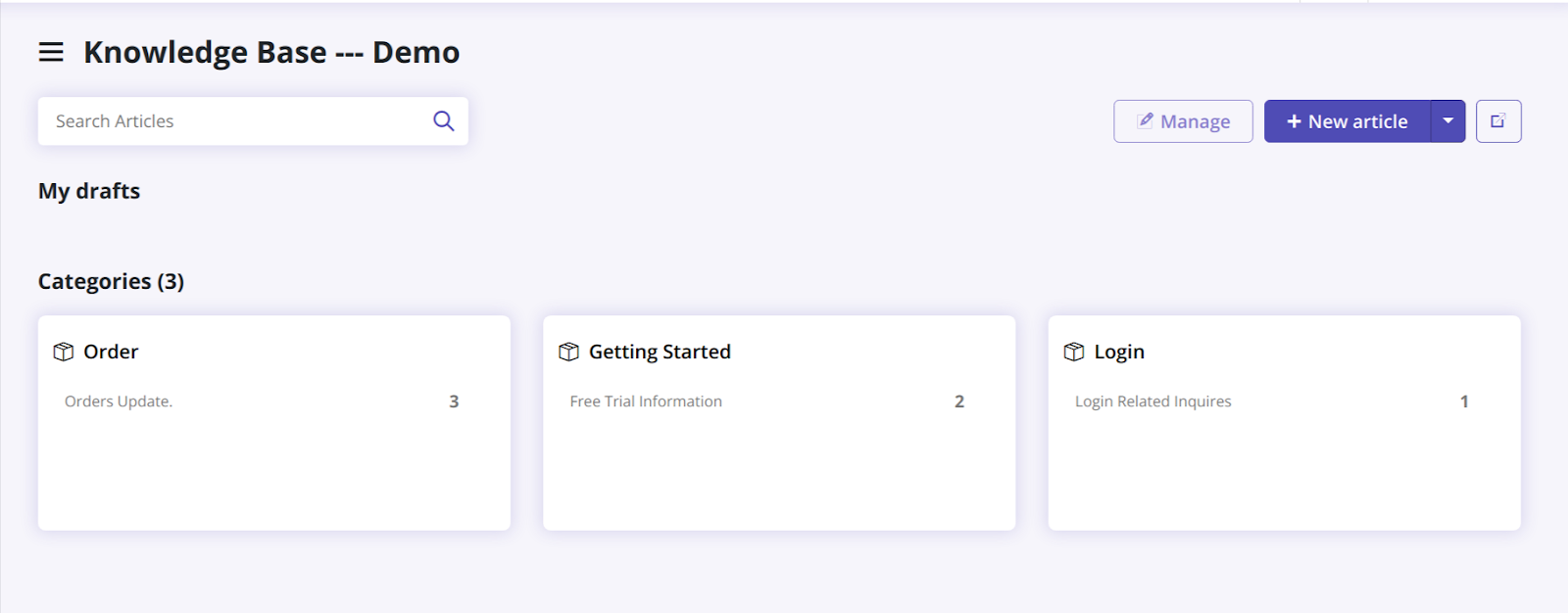
The primary objective of the knowledge base is its site-wide visibility and round-the-clock availability. Place an easy-to-see widget that redirects to your online library so that customers can access it easily regardless of whatever page they’re on. A CTA button would work too. Make sure all the links work fine and customers get redirected to relevant solutions.
5 Tips to a Improve Your Customer Self-service Portal
When customers have questions about your products or services, their first thought is not to contact your agents and representatives. Not anymore. Instead of speaking to a support agent, they now want to find the answers themselves.
A study conducted by Dimension Data found that 73% of customers prefer to use a company’s website instead of any other medium for support. This online behavior prompted companies to implement self-service solutions. However, 55% of customers find it difficult to use the self-service portal. But guess what? You can make it easier for them. Follow these 5 simple yet essential tips to improve your customer self-service portal:
1. Understand The Customer Journey
Start with understanding your customer journey. This is a crucial step, even before beginning to design your self-service articles. Knowing them will help you understand which articles should be prioritized.
Ask yourself the following questions:
- How do customers access your product?
- What interface do they use? Do they use websites, mobile apps, or desktop apps?
- What are the issues that customers are most likely to run into?
- What kind of support do your customers require?
- Do they need in-depth knowledge base articles, or do they only need quick and crisp FAQs? Do they need both?
- Do your customers need a live chat option?
Once you’re done answering these questions, you can set up relevant options for your customers.
2. Highlight The Most Common Problems
Bringing together a comprehensive knowledge base is important. But, making sure that it reaches your customers is more important. Many customers often complain that they cannot find solutions to what they want straight away.
Once you’ve posted all the articles, identify the top queries of your customers. Know which category the maximum queries come from and the top reasons customers are contacting your support team.
After identifying, highlight these popular FAQs. Your customers should be able to find the answers to these questions without having to scroll too much. You can highlight them separately and link them to the main navigation bar as well. Your knowledge base must be refurbished regularly. Remove the outdated content and keep your content updated. Merge similar questions to make them more informative.
3. Add Dynamic Search Bars and Categories
When your customers find their way to your self-service portal, make sure it is easy to use. Make navigation easy for your customers by using dynamic search bars. Let them search specific and relevant content as they need. Group, categorize and sub-categorize your articles to maintain a smooth flow of information.
Search bars use natural language processing (NLP) to find answers to random and disorganized queries. For example, if someone searches for “password forgotten,” then the results might suggest relevant articles like setting up a new password or resetting the password, or even retrieving the lost password. Dynamic search bars are important as they help customers quickly find what they need without having to scroll through hundreds of articles.
4. Make use of Search Behavior
Search fields are the most commonly used features on the web. Therefore, your customer self-service portal should include an easy-to-use search field. It sounds obvious, right? But it turns out that it is not so common.
In fact, according to a survey, 63% of consumers agree that they are annoyed by the search field on the self-service portal. This has more to do with the search results instead of the search bar. Customers do not want to wade through thousands of pages looking for one answer. They want fast answers. The whole point of opting for a self-service portal is that they can find answers quickly. But how do you avoid upsetting your customers?
A good solution is to use tags and page tags with specific keywords. For example, for your article named “how to reset your password,” you can use the tag “password” or “password reset.” Therefore, whenever a customer types “password reset” in the search field, they find the correct answer.
Using the search box is a great way to identify content gaps that need to be filled. Monitor the searches made by customers and then simply create a piece of new content for those keywords.
5. Mobile-Friendly Interface: A Must
Make your brand interface mobile-friendly. Customers must be able to access your knowledge base articles or FAQs through their mobile devices.
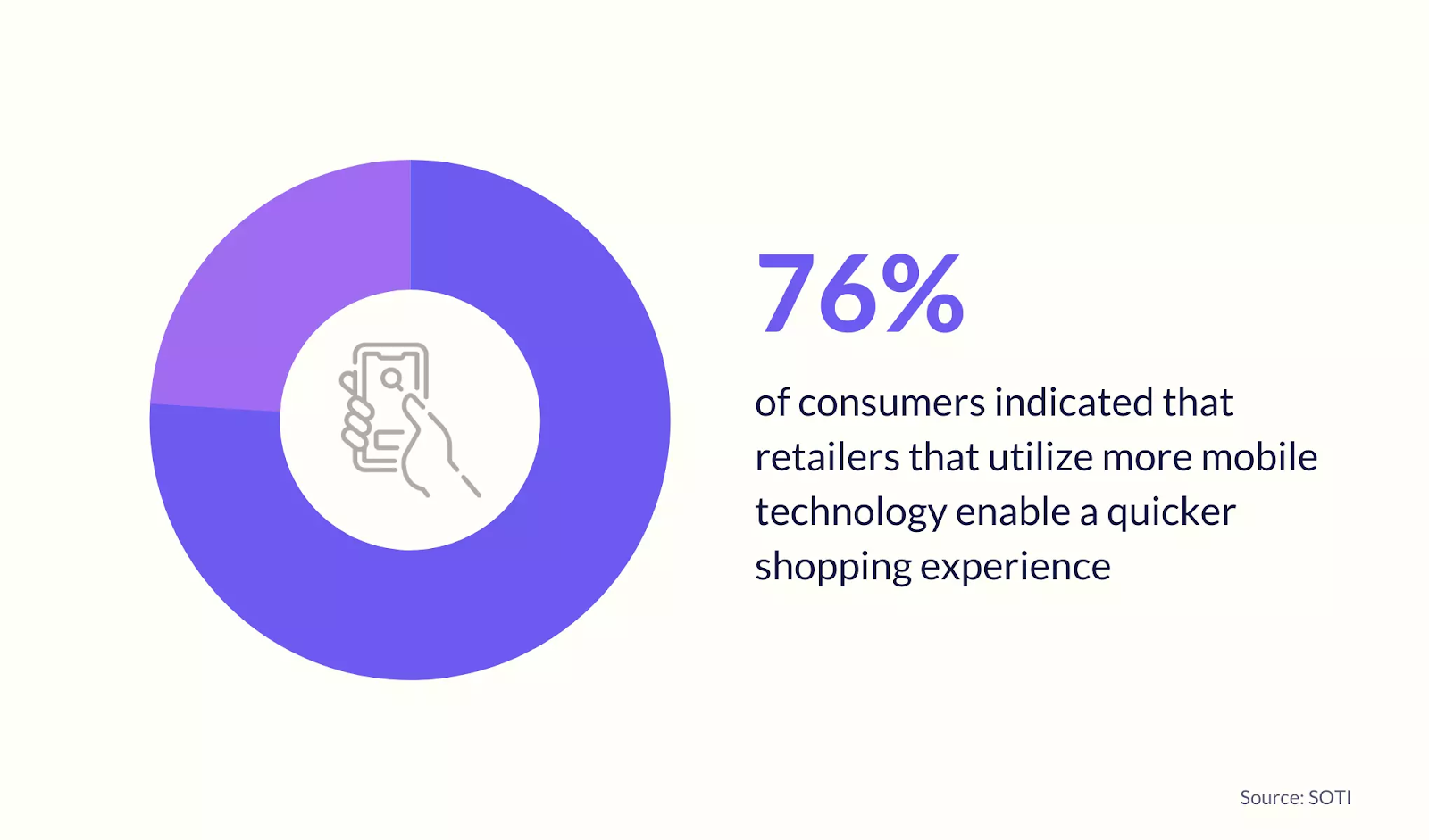
In a survey, SOTI mentioned that 76% of consumers use mobile technology to enable a quicker shopping experience. Mobile-friendliness includes quickly loading the articles, easy-to-navigate search bars, and a welcoming interface.
Wrapping Up

Nearly 80% of American consumers believe that timely and informed help is the most important aspect of good customer service.

Despite the statistic mentioned above, most companies fail to deliver a coherent experience and meet customer needs. This is either due to a lack of agents, insufficient resources or simply messed up planning. It results in unhappy customers, and eventually, the companies lose business.
Customer self-service portals help you cost-effectively navigate this problem. All you need to do is keep a check on the repetitive customer requests and create a knowledge base or FAQs that answer their queries.
DeskXpand’s service desk ticketing system provides built-in self-service features to serve knowledgeable content to your customers. The admin can group, regroup, categorize, sub-categorize well-orchestrated self-help articles precisely as customers want. We are an ISO27001 certified portal development company with 14+ years of development experience. We build products that you can customize according to your present and future needs. Start building your Self-service portal with us now!

